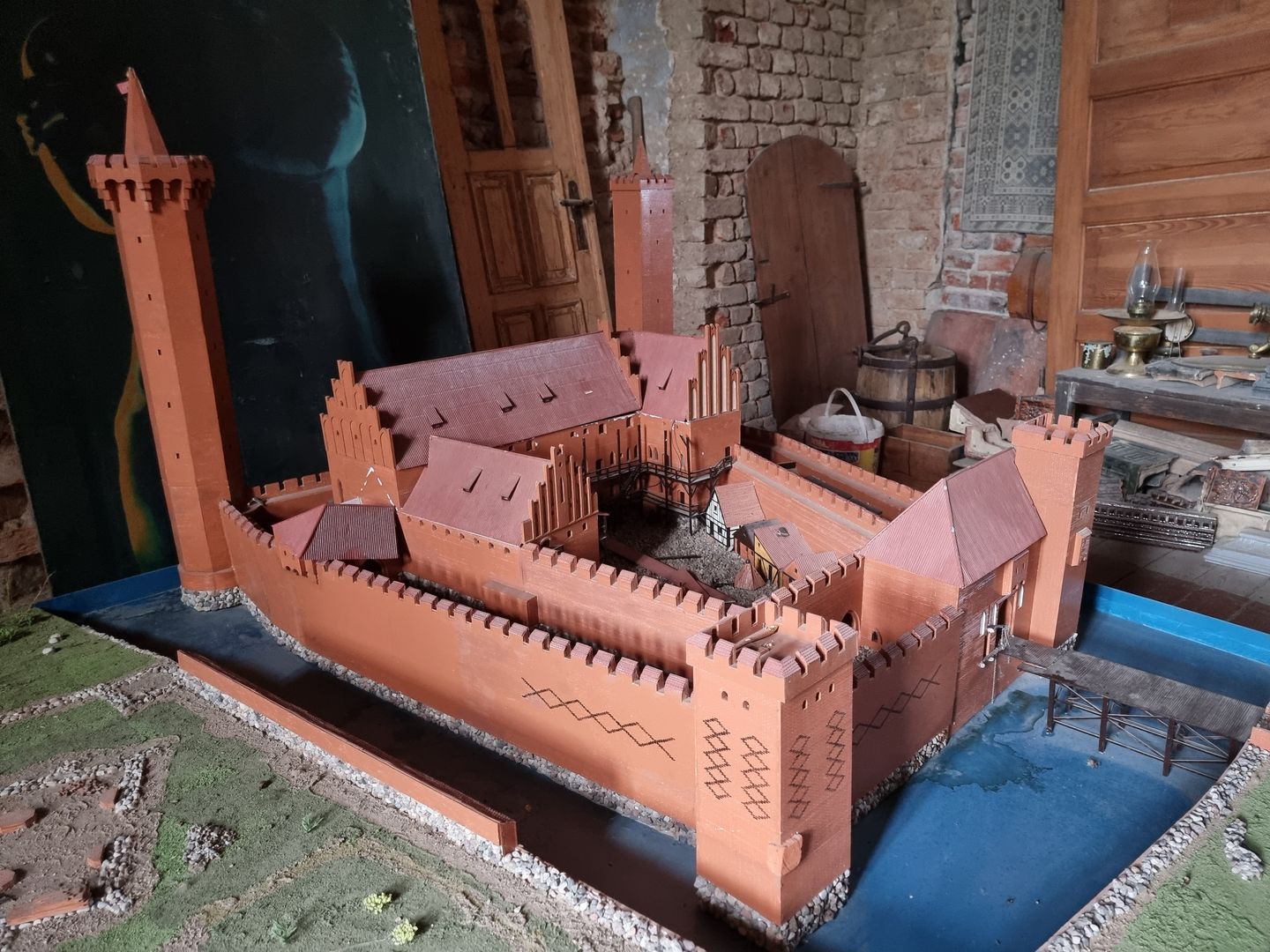Morąg Castle
7.13

Overview
Morąg Castle, located in the Warmian-Masurian Voivodeship, is a remnant of a former Teutonic castle. Its history dates back to around 1280, when the Teutonic Order built the first wooden fortification. In 1331, it was decided to establish the seat of the Teutonic Vogt in Morąg, which initiated the construction of a brick castle, completed around 1380. The castle took the form of a defensive complex with a main house, a gate, towers, and a double circuit of walls surrounded by a wet moat. Contrary to earlier beliefs, the castle was never the seat of a commander. In 1414, it was captured by Polish troops and later by the Prussian Confederation during the Thirteen Years' War. The Grand Master Heinrich Reuss von Plauen died here in 1470, and after the Treaty of Kraków, the castle became the seat of ducal starosts. In the 16th century, the castle underwent a Renaissance renovation under the direction of architect Blasius Berwart, resulting in a new gate and decorative ceilings. However, shortly after this period, in the late 16th century, the castle began to decline in importance when Starost Achacy zu Dohna built a new residence. As a result, the structure fell into ruin, and the main tower collapsed in 1616. Due to neglect by the Prussian authorities in the 18th century, the castle became a ruin, and in 1815, parts of its structure were demolished. Nevertheless, one northwestern Renaissance wing, a fragment of the Gothic gate, and a 16th-century gate passage have survived. The building served for some time as a school and later as a warehouse, where 16th-century polychromes were discovered. The modern history of the castle began in 2001 when the area came into the hands of a private owner who secured parts of the walls and uncovered a richly painted ceiling and the Gothic gate. There are plans to reconstruct the tower and a new wing, but the work is progressing slowly. Morąg Castle is not only a testament to Gothic and Renaissance architecture but also an important landmark in the region's history, associated with Teutonic dominance and subsequent transformations that reflect cultural and social changes in Poland.
Location
2025 Wizytor | All Rights Reserved